Understanding Common Soda Cooler Issues
Soda coolers play a crucial role in various settings—restaurants, convenience stores, and households—keeping beverages refreshingly cold and accessible. However, like any appliance, these coolers can encounter problems that disrupt their performance. Understanding these common issues is the first step toward effective soda cooler repair.
Signs Your Soda Cooler Needs Repair
Identifying when your soda cooler requires attention is essential for maintaining its functionality. Here are some key signs that indicate the need for repair:
1. Inadequate Cooling: One of the most glaring issues is when your soda cooler doesn’t reach the desired temperature, leading to beverages that are not as refreshing as they should be.
2. Unusual Noises: If your cooler emits strange noises such as grinding, clicking, or hissing, it could be a sign of mechanical failure or a problem with the compressor or fan.
3. Water Leaks: Any water pooling at the bottom of the cooler can indicate that a drain is blocked or there is a problem with the insulation, potentially leading to larger issues.
4. Excessive Frost Build-Up: If frost accumulates inside the cooler, it can interfere with the cooling process, and may indicate a malfunctioning defrost system.
5. Cooling Cycles Running Too Long: If you notice that your cooler is running but never shutting off, or if it runs for unusually long periods, it could signify that the thermostat or compressor is failing.
Ignorance of these signs can lead to larger problems down the line, potentially increasing repair costs and downtime.
Common Malfunctions in Soda Coolers
Understanding the common malfunctions that can occur in soda coolers is vital for effective troubleshooting:
– Compressor Issues: The compressor is the heart of the cooling system. Failures often manifest as an inability to cool properly, and if it’s hot and the cooler isn’t cold, it may indicate a sealed system failure.
– Thermostat Problems: If the thermostat is not functioning correctly, it may fail to signal the compressor to engage, leading to insufficient cooling.
– Fan Failures: Soda coolers typically have one or more fans that circulate cold air. A malfunctioning fan can lead to uneven cooling and hot spots within the unit.
– Door Seal Problems: If the door seals are damaged or warped, it can lead to cold air escaping, driving up energy costs and preventing the unit from maintaining its temperature.
– Electrical Supply Issues: Problems with the electrical supply—such as broken or loose connections—can lead to intermittent power failures or prevent the cooler from starting altogether.
Recognizing these issues early can save time, money, and resources, allowing for timely repairs and maintenance.
Impact of Poor Maintenance on Cooler Life
Neglecting regular maintenance not only diminishes the cooler’s efficiency but can also drastically reduce its lifespan. Here are a few key aspects of how poor maintenance affects your soda cooler:
– Higher Energy Bills: A poorly maintained cooler must work harder to maintain the desired temperature, consuming more energy and driving up operational costs.
– Increased Breakdowns: Regular wear and tear can be exacerbated by neglect, leading to more frequent repairs and potential component failure.
– Reduced Cooling Efficiency: Dust and debris buildup can obstruct airflow and heat exchange, leading to inefficiencies, which may ultimately affect customer satisfaction.
– Shorter Lifespan: Consistent neglect can reduce the overall lifespan of the cooler, leading to premature replacement and higher capital expenditures for businesses.
Proper maintenance not only enhances performance but also extends the life of your soda cooler, making it a wise investment in the long term.
Step-by-Step Guide to Soda Cooler Repair
Repairing a soda cooler may seem like a daunting task, but with the proper knowledge and tools, many common issues can be resolved efficiently. Below is a comprehensive guide to repairing soda coolers.
Initial Troubleshooting Steps
Before you dive into repairs, begin with some preliminary troubleshooting to pinpoint the issue:
1. Check the Power Supply: Ensure that the cooler is plugged in and that there is power reaching the outlet. Test the outlet with another device to rule out a power issue.
2. Inspect the Thermostat Settings: Make sure the thermostat is set correctly. A miscalibrated thermostat can prevent the cooler from operating at optimal levels.
3. Examine the Door Seals: Inspect the seals of the cooler door for cracks or wear, which can lead to air leaks and inefficiencies.
4. Clear Airflow Obstructions: Remove any items blocking the venting or fans, as obstructed airflow can deteriorate cooling efficiency.
5. Listen for Unusual Noises: Identify any unusual sounds coming from the cooler to narrow down potential issues with the compressor or fans.
By following these steps, you can often diagnose a problem before undertaking more complex repairs.
Essential Tools for Successful Repairs
Having the right tools on hand is critical for executing any repair effectively. Here’s a list of essential tools that you should consider:
– Screwdrivers: A set of both Phillips and flat-head screwdrivers are required for removing panels and securing screws.
– Multimeter: This tool is essential for diagnosing electrical issues, allowing you to test circuits and ensure proper voltage levels.
– Wrenches and Pliers: Utilized for tightening connections and handling tubing or compressor components.
– Vacuum: A small vacuum or air compressor will help you clean dust and debris from the cooling coils and interior components.
– Replacement Parts: Depending on the cooler’s issue, it may be necessary to have common replacement parts on hand, such as thermostats, fans, or door seals.
Equipping yourself with these tools can simplify the repair process, making it faster and more efficient.
Repair vs. Replace: Making the Right Choice
Deciding whether to repair or replace your soda cooler can be challenging. Here are some factors to consider:
– Age of the Cooler: If your cooler is over 10-15 years old, replacement may be more cost-effective, especially if it has multiple issues.
– Cost of Repairs: If repair costs exceed 50% of the cost of a new unit, it’s wise to consider replacement.
– Energy Efficiency: Newer models are typically more energy-efficient. Investing in a replacement could mean lower utility bills moving forward.
– Performance Issues: If you find yourself frequently repairing the cooler, replacement may save you time and hassle in the long run.
Making an informed decision requires analysis; weigh the pros and cons of each option based on your specific situation.
Preventive Maintenance Tips for Soda Coolers
Preventive maintenance is critical to ensuring your soda cooler operates smoothly and efficiently throughout its lifespan. Here are some essential maintenance practices:
Regular Cleaning and Care Practices
Keeping your cooler clean is fundamental to its performance. Here are cleaning tips to incorporate into your routine:
– Wipe Down the Interior: Regularly clean the inside of the cooler with a mild detergent to remove spills and stains that could lead to odors.
– Clean the Condenser Coils: Dust and debris can accumulate on the coils, reducing efficiency; a simple vacuum or brush can help maintain proper airflow.
– Inspect Door Seals: Periodically check and clean the door seals to ensure they are intact and not trapping dirt or moisture.
– Follow a Schedule: Establish a cleaning schedule, whether weekly or monthly, depending on usage, to keep your cooler in top shape.
Routine maintenance will not only prevent breakdowns but will also enhance the overall user experience.
Optimal Operating Conditions for Efficiency
To ensure your soda cooler works at peak efficiency, it must be placed in an optimal environment:
– Avoid Direct Sunlight: Place the cooler away from direct sunlight, which can increase internal temperatures and force the unit to work harder.
– Allow for Airflow: Ensure there is enough space around the cooler for proper airflow, particularly around the back and sides.
– Monitor Ambient Temperature: Keep the cooler in a climate-controlled setting to maintain consistent performance, ideally at temperatures that don’t exceed 75°F.
– Minimize Frequent Door Openings: Encourage users to minimize how often they open the cooler door to maintain internal temperatures.
Adhering to these conditions can prolong the cooler’s life and maintain efficiency.
Scheduled Maintenance: When and Why
Establishing a scheduled maintenance routine is key to preventing issues before they arise. Here’s what you should consider:
– Quarterly Inspections: Conduct thorough checks every three months. This can minimize risks of major failures and maintain optimal function.
– Annual Professional Servicing: Hire a professional to perform comprehensive checks on the refrigeration system, including pressure levels and refrigerant checks.
– Seasonal Preparations: Before peak seasons—like summer—ensure your cooler is fully operational to handle increased demand.
By prioritizing regular maintenance, you empower yourself to catch and address minor issues before they evolve into costly repairs.
Brands and Models: Specific Repair Techniques
Different brands and models of soda coolers may require specific repair techniques. Here’s a closer look:
Soda Cooler Repair for Popular Brands
Here are some insights into common brands and their specific repair nuances:
– Coke Coolers: Common issues include refrigerant leaks and fan motor failures. Ensure proper care of the refrigeration system, and check seals regularly.
– Pepsi Coolers: These coolers often have unique thermostatic controls; knowing the specific settings and adjustments can prevent unnecessary repairs.
– True Refrigeration: True units are well-known for their durability, but keep an eye on compressor issues and ensure regular coil cleaning.
Familiarity with the brand can guide your repair techniques and help you source appropriate parts.
Model-Specific Issues and Solutions
Understanding common issues associated with specific models is also vital:
– Model X123: Frequently encounter compressor failure after five years—consider monitoring performance closely and maintaining through regular checks.
– Model A456: Known for door seal degradation over time. Regularly inspect and replace seals as needed to prevent air leaks.
– Model B789: May exhibit poor airflow due to fan obstruction—ensure there are no items blocking air circulation.
Always consult the user manual for insights into model-specific issues and solutions.
Understanding Warranty and Service Options
Having clarity on warranty protection can provide peace of mind during repairs. Here’s what to know:
– Warranty Coverage: Different brands offer varying lengths of warranties. Some cover parts and labor, while others might cover only parts, so read the specifics.
– Extended Warranty Options: Consider purchasing additional warranties, especially for high-usage locations like businesses to help lower repair costs.
– Authorized Service Providers: For repairs under warranty, always consult authorized service providers to avoid voiding coverage.
Understanding warranty details can help you make informed decisions on repairs and replacements.
Professional Resources for Soda Cooler Repair
Sometimes, DIY solutions aren’t sufficient, and you’ll need professional help. Here are resources to consider:
Finding Qualified Technicians Near You
When searching for professional repair services, consider these strategies:
– Industry Associations: Look into local chapters of refrigeration and appliance repair associations; they often list certified repair professionals.
– Online Directories: Utilize platforms like Yelp or Google to find reviews and ratings of local technicians.
– Referrals: Ask fellow business owners for recommendations—they may have experience with reliable service providers.
Having qualified technicians at your disposal means top-notch repairs can be performed without sacrificing quality.
DIY Repair Resources and Forums
For those opting for a DIY approach, various resources can offer assistance:
– Online Forums: Websites like Reddit, Appliance Repair forums, and DIY Chatroom allow users to share experiences and solutions.
– Video Tutorials: Platforms such as YouTube host a plethora of helpful videos covering common repairs and troubleshooting tactics.
– Instructional Guides: Many manufacturers provide manuals and guides online for troubleshooting problems and performing basic repairs.
Equipping yourself with knowledge can empower you to tackle many issues independently.
Cost Expectations for Professional Repairs
Understanding the cost dynamics of professional repair services can help budget effectively:
– Diagnostic Fees: Typically range from $50 to $100 for a technician to assess the cooler and recommend solutions.
– Repair Costs: Minor repairs might cost around $100–$200, whereas significant issues, like compressor replacements, can exceed $500.
– Preventive Maintenance Visits: Regular check-ups may have a flat fee, often between $150 and $300, depending on the services provided.
Budgeting for these variables ensures that financial surprises don’t interrupt your operations.
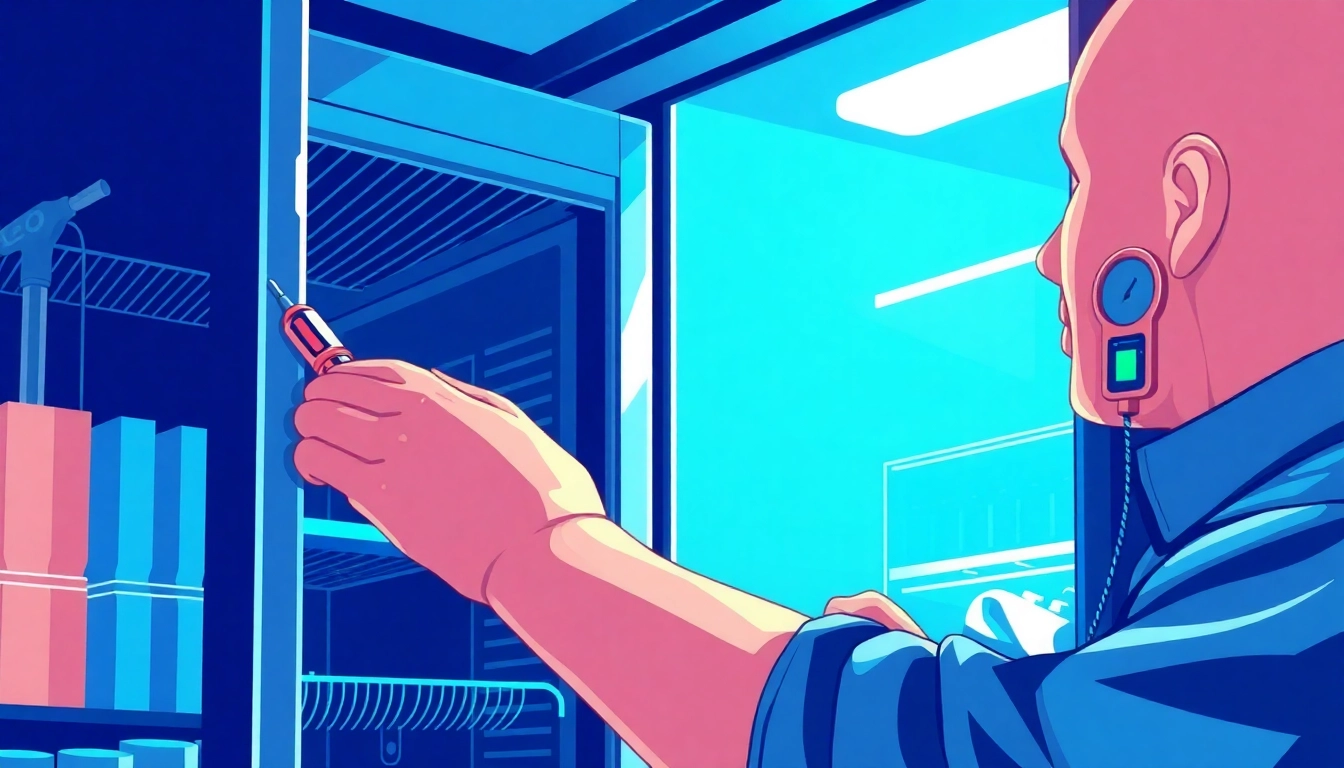
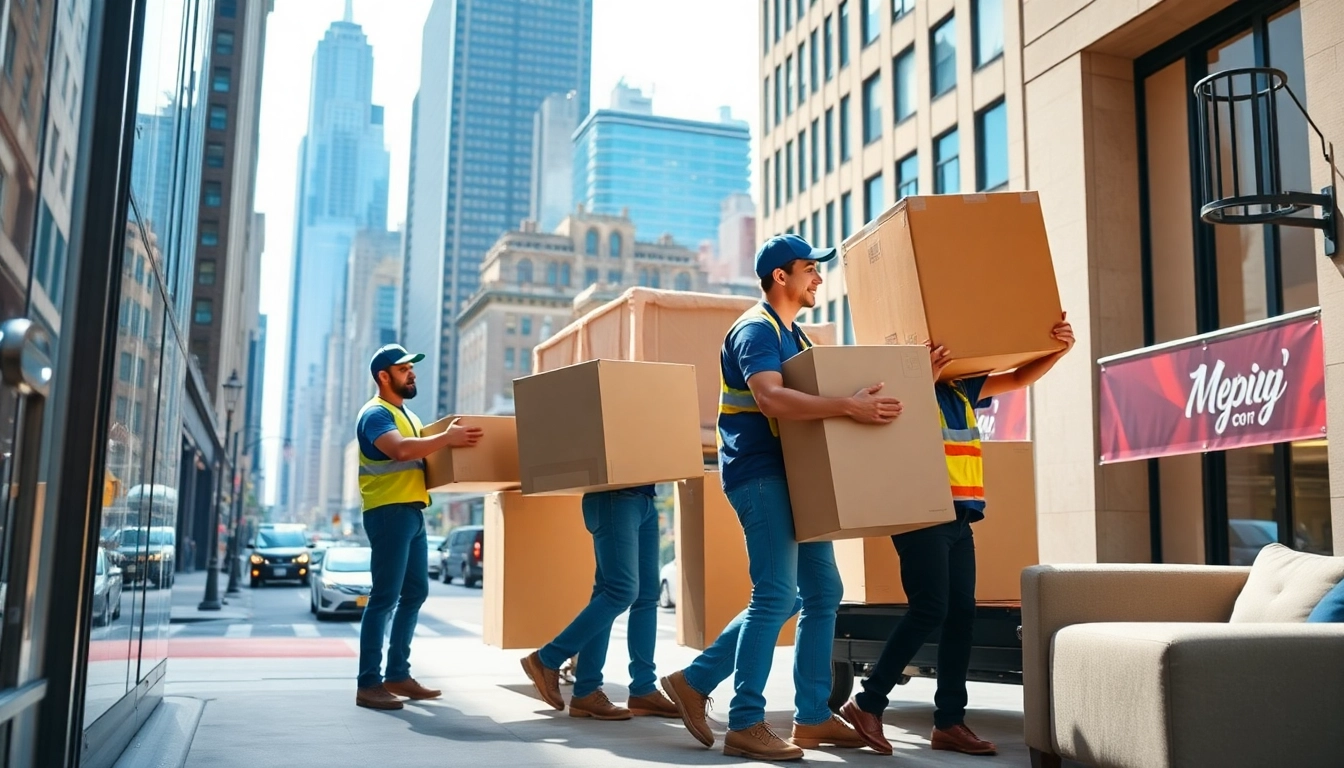
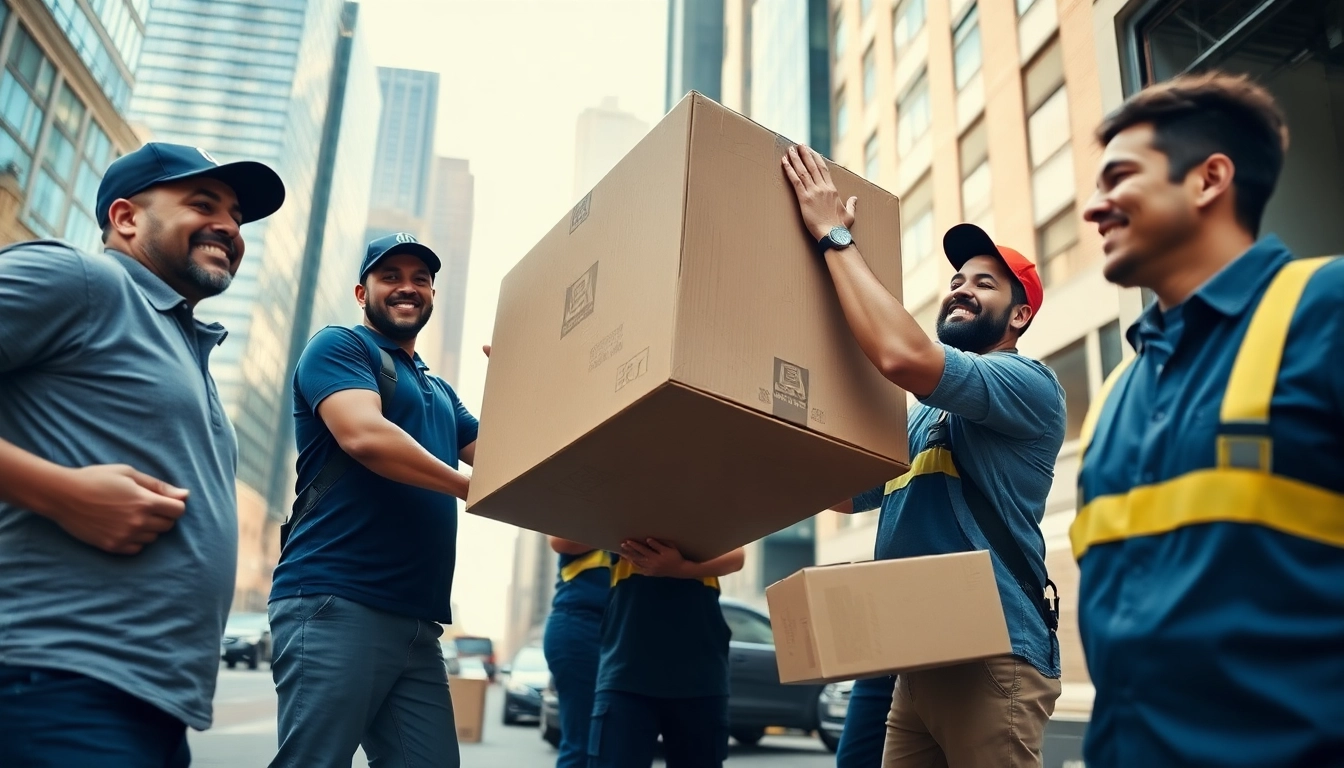
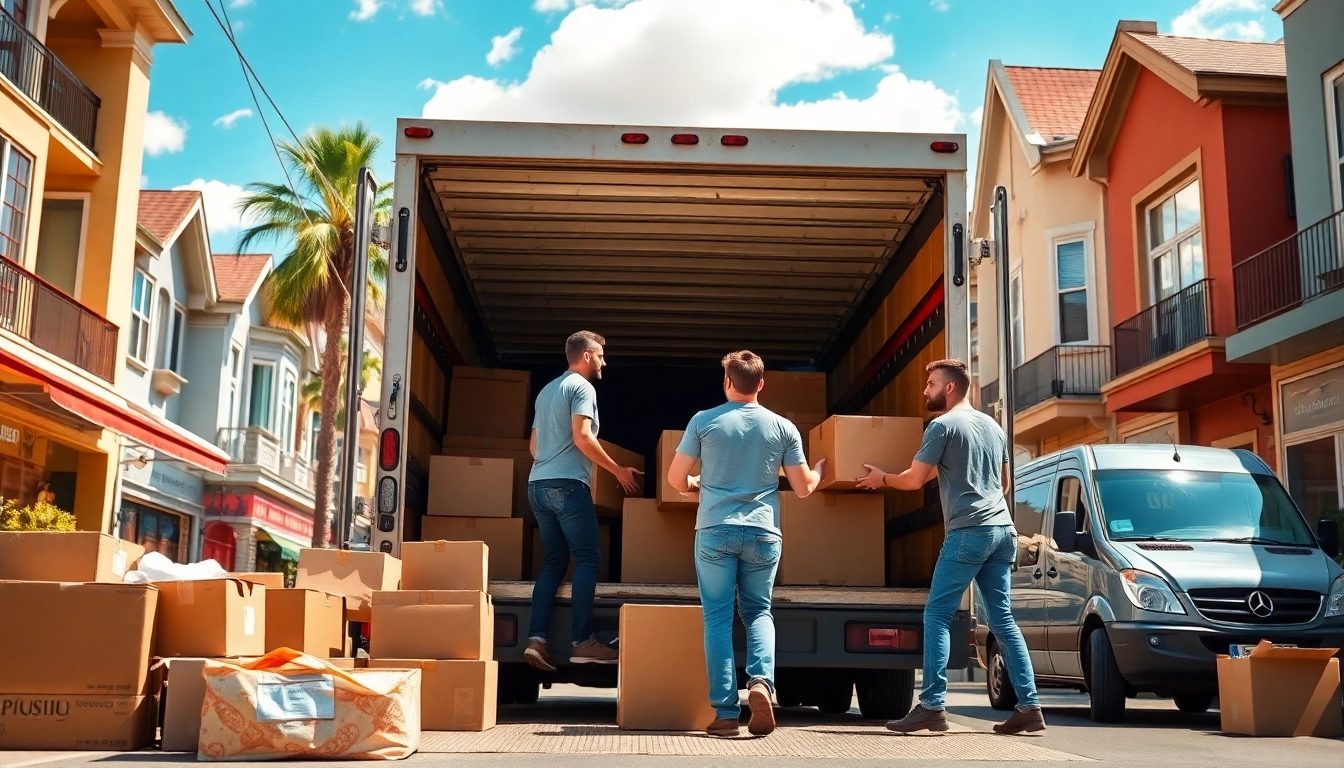

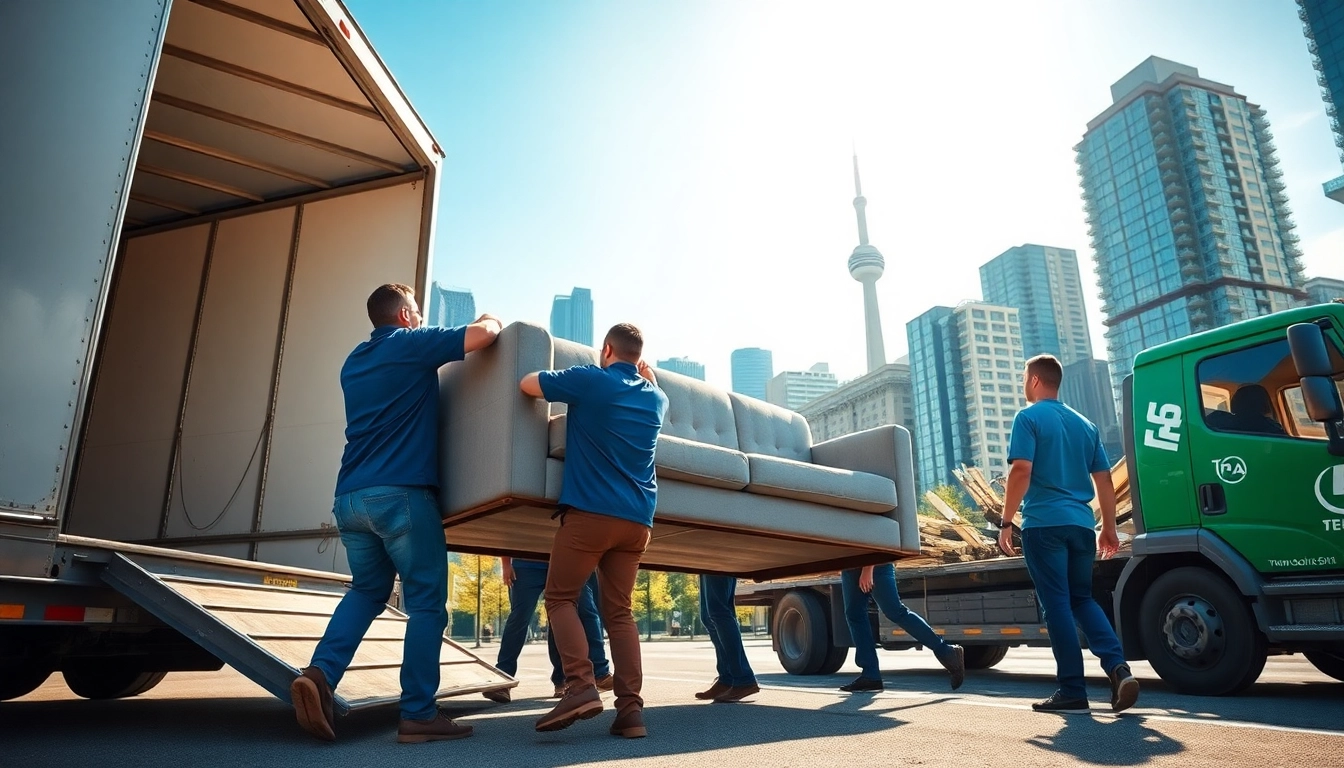
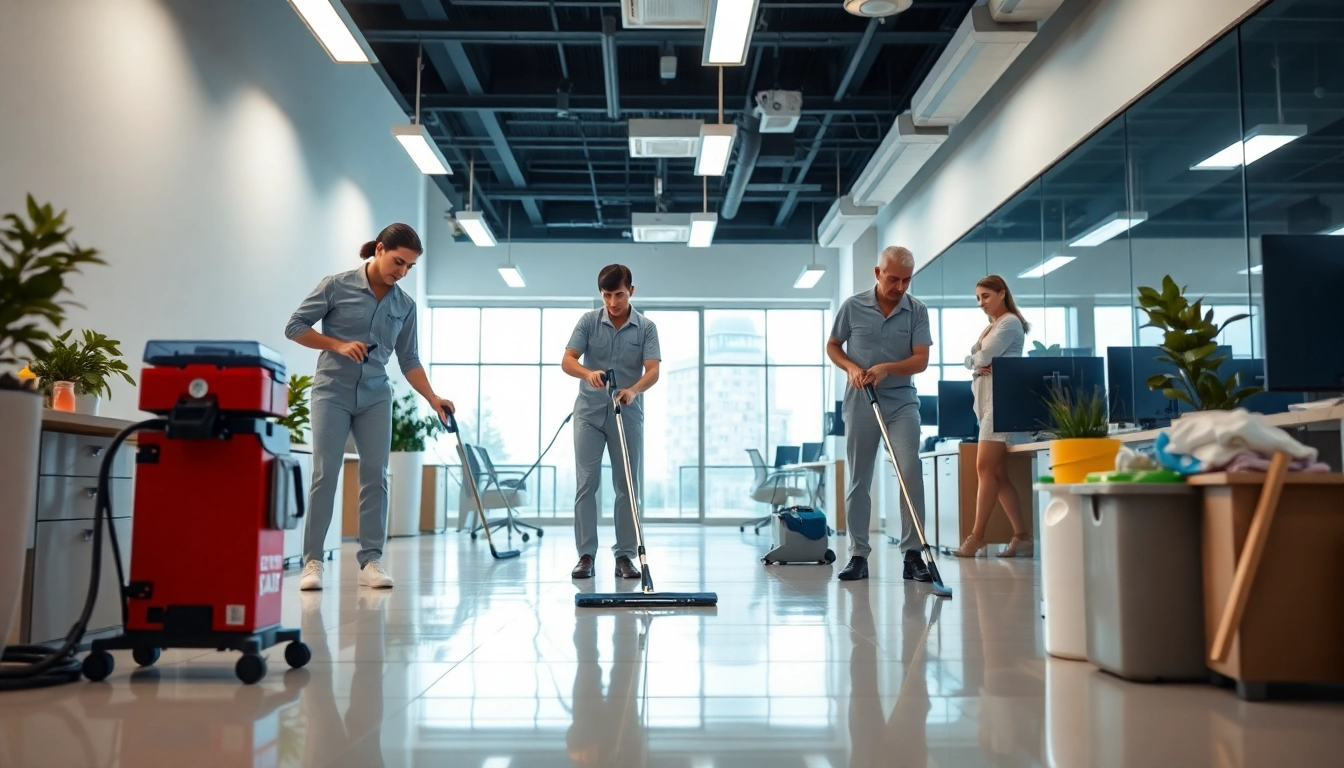
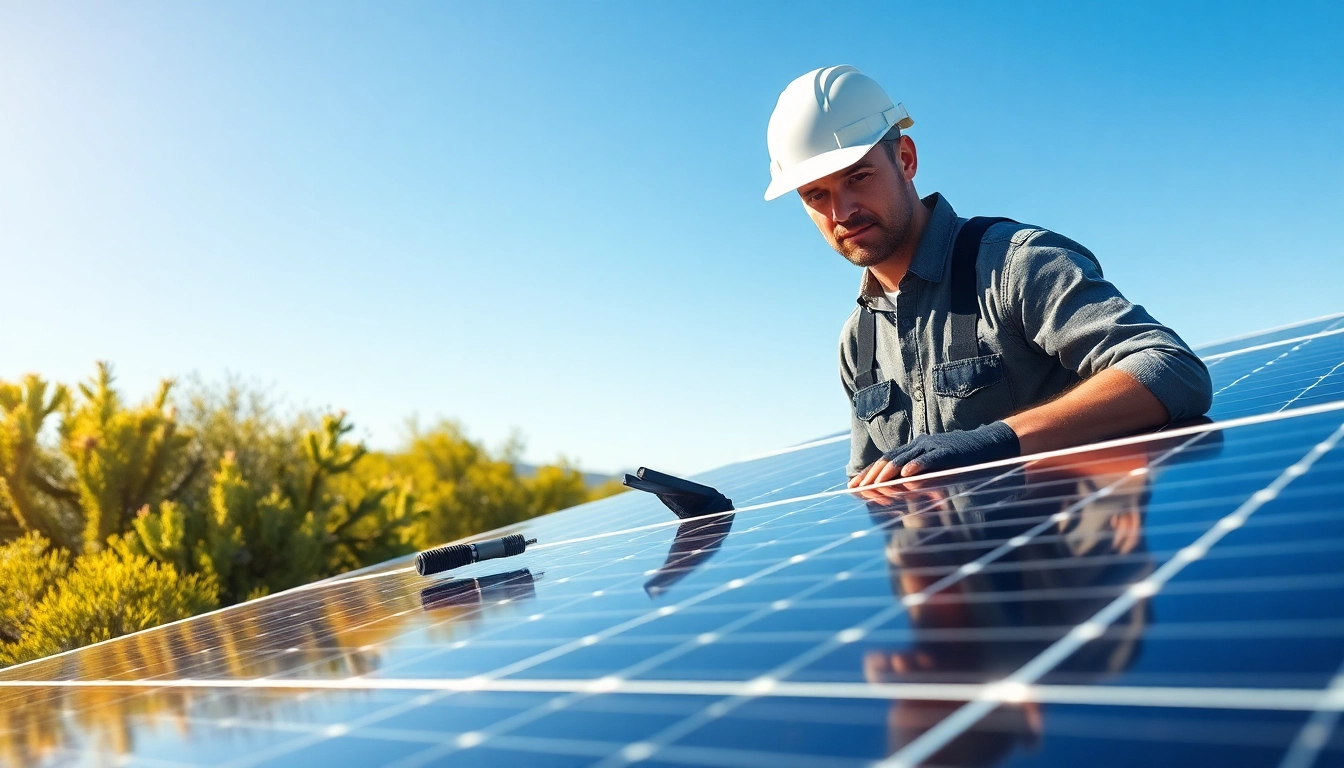
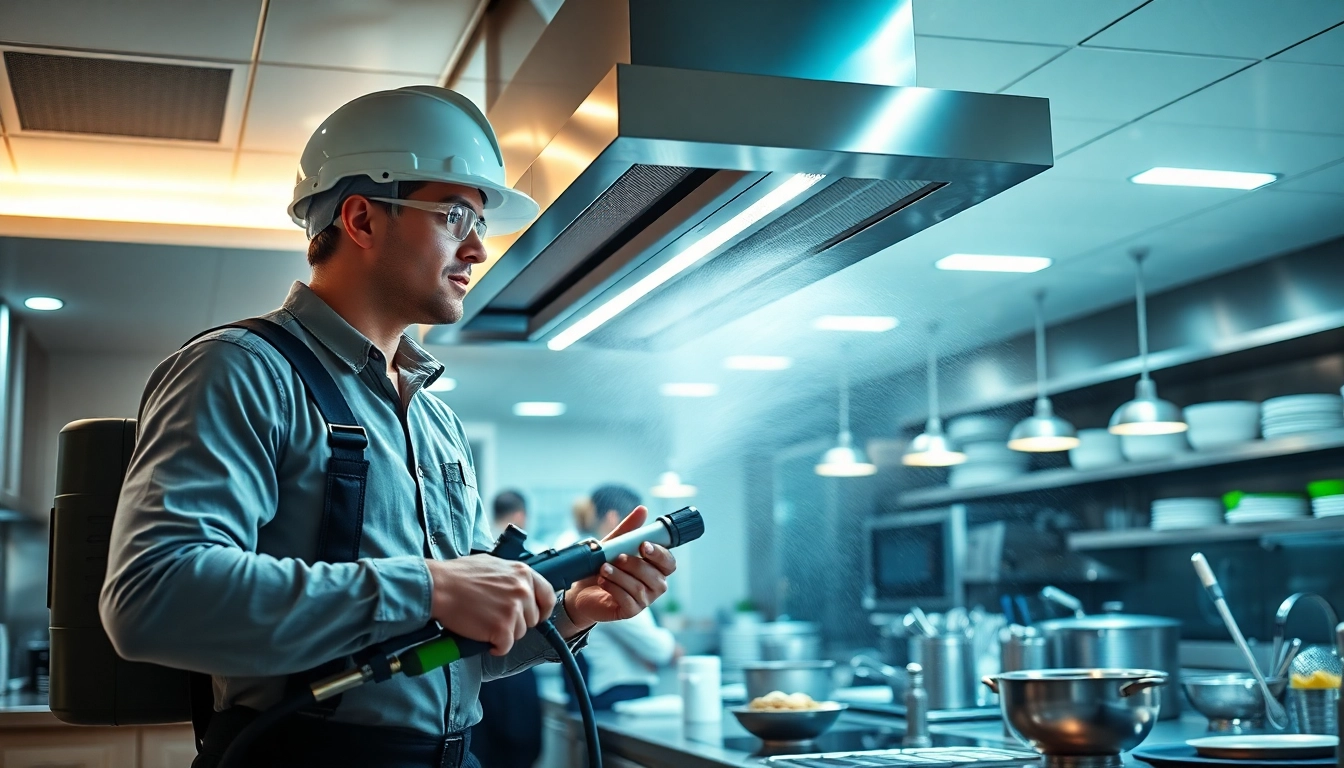



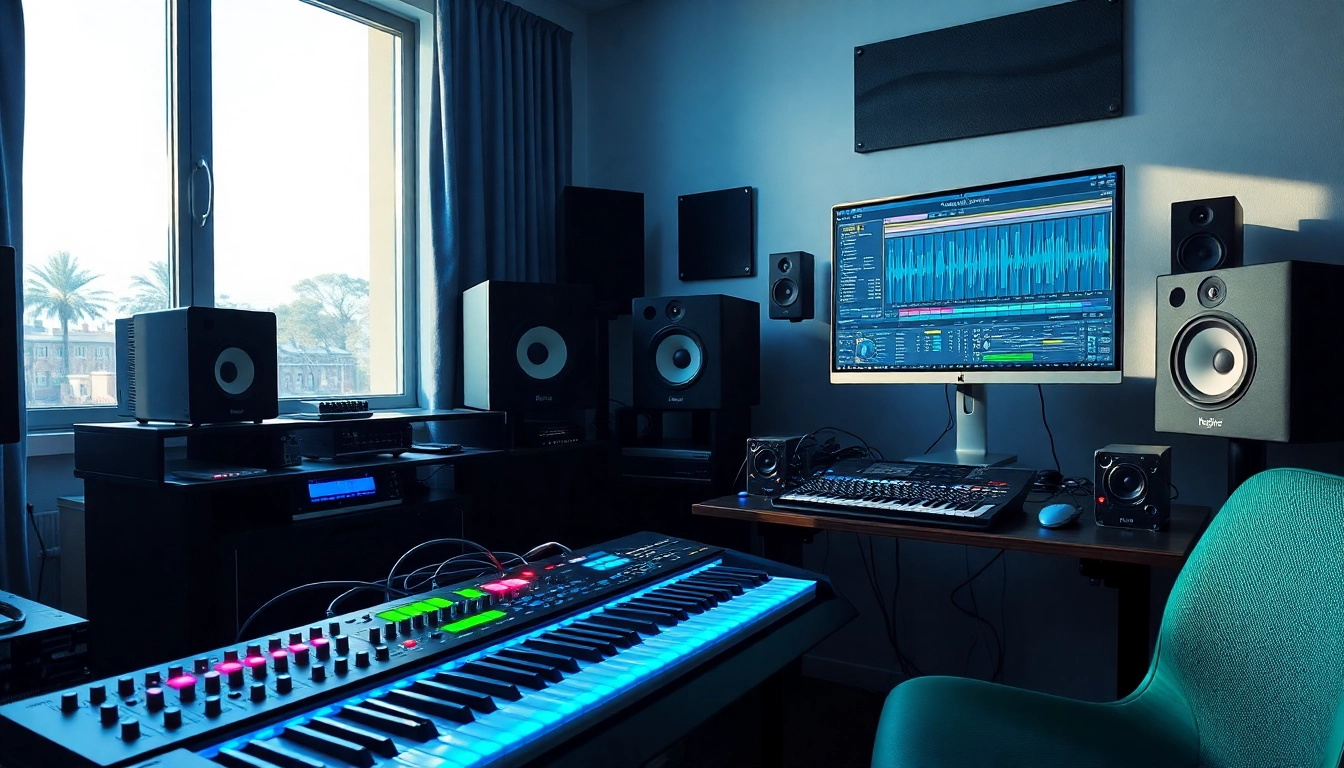

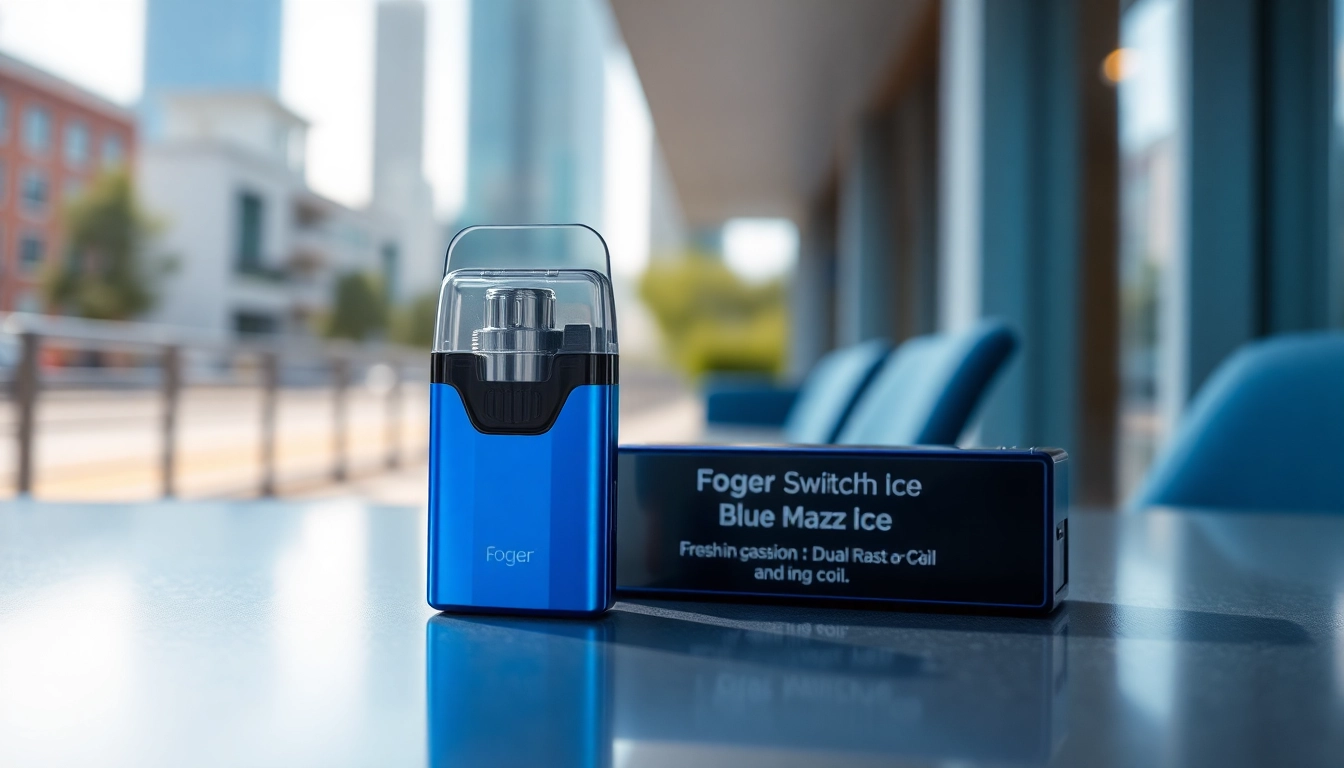
Leave a Reply